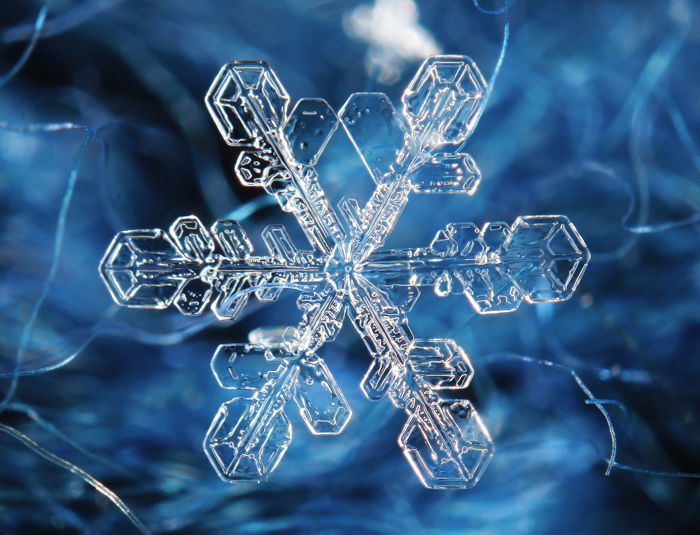Are you ready to dive into the fascinating world of macro photography? You’ve landed in the perfect spot! Today, we’re embarking on a journey of macro photography ideas that will transform your photos into breathtaking masterpieces.
We will cover simple ideas that you can try at home as well as more advanced subjects such as insects and even eyes! Each section will touch on a different subject, and we will guide you on the top points to consider when shooting these subjects.
First, let's examine some different approaches to macro photography. This section will cover different genres and visual aesthetics that macro photography can fit into.
We will dissect each approach you can take. Each section will look at composition, camera settings, and lighting. To get the most out of each particular section, read the linked articles.
Abstract macro photography is a creative way to capture everyday objects in a unique and eye-catching manner. By focusing on patterns, colors, and textures, you can create images that are both visually striking and thought-provoking. Experimenting with different angles, lighting, and compositions can lead to endless possibilities for abstract macro shots.
Some ideas to get started include capturing the intricate details of a feather, the swirling patterns in a drop of oil, or the vibrant colors of a piece of candy. You can also play with depth of field to create a dreamy, ethereal look or use backlighting to highlight the translucency of your subject. The key is to let your imagination run wild and see the world through a different lens.
With a little practice and creativity, you can transform ordinary objects into extraordinary works of art. To dive deeper into the world of abstract macro photography and learn more techniques and tips, be sure to explore our comprehensive guide.
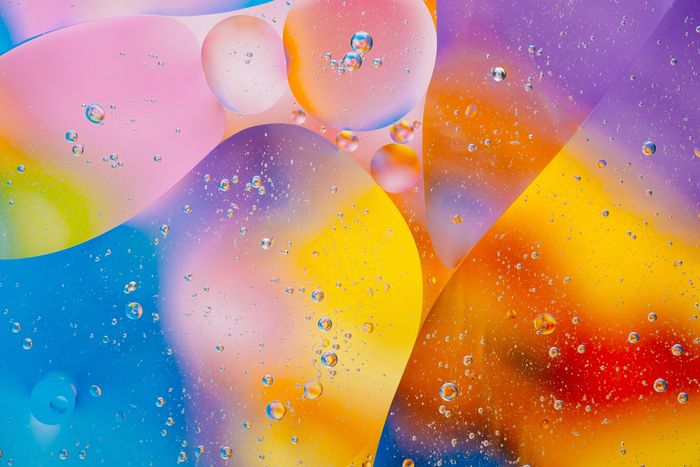
Capturing stunning fine art macro photos is all about the light. Midday cloudy light is perfect because it’s soft and subtle, giving your subject a nice glow. This diffused light hits your subject from all sides, so you can shoot from any angle that works best for your composition.
To make your photos really pop, create subject-background contrast using a wide aperture like f/2.8 to f/4. Get in close to your subject for an intense background blur. Look for engaging lines and curves to lead the viewer through the frame, and think of your subjects in terms of their geometric components.
Simplicity is key in abstract fine art macro photography. Use a single subject with a non-distracting background and limit yourself to two or three colors. You can also create minimalistic compositions by framing your subject against the sky. For a beautiful bokeh effect, shoot on a clear evening with your subject in the shade and the background lit by golden sun. Fine art macro photography is all about being creative, so don’t be afraid to experiment with techniques like intentional camera movement for unique, artistic results.
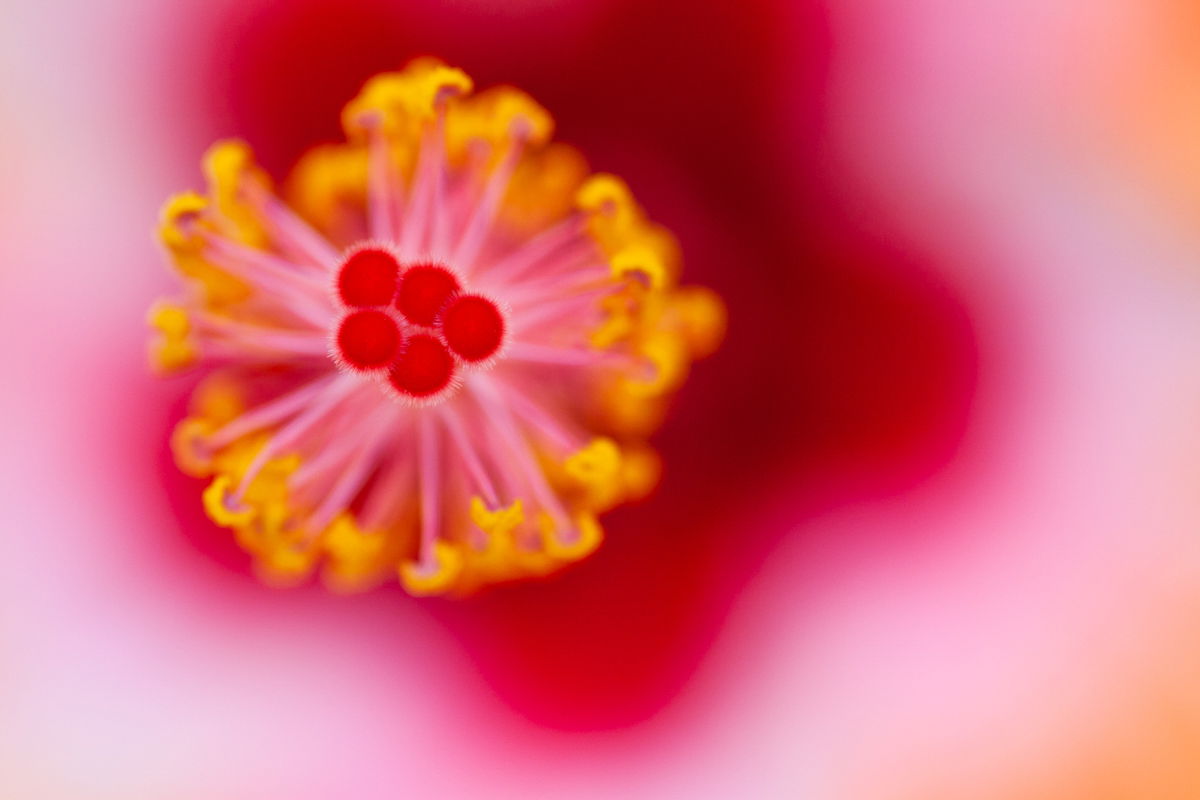
Macro photography is a fascinating genre that doesn’t have to be expensive. With a few inexpensive accessories, you can turn your existing camera and lenses into a macro photography setup.
Extension tubes and screw-on diopters are two affordable options for increasing magnification. Extension tubes fit between your camera and lens, while diopters screw onto the front of your lens like a filter. Both allow you to focus closer and capture more detail.
Reversing your lens is another cheap macro photography trick. With an inexpensive adapter, you can mount your lens backwards on your camera for extreme close-ups. Lighting is also important in macro photography. A ring light that attaches to the front of your lens provides soft, even illumination for your subject. Creative macro photography doesn’t have to break the bank – with a little ingenuity, you can capture stunning close-ups on a budget.
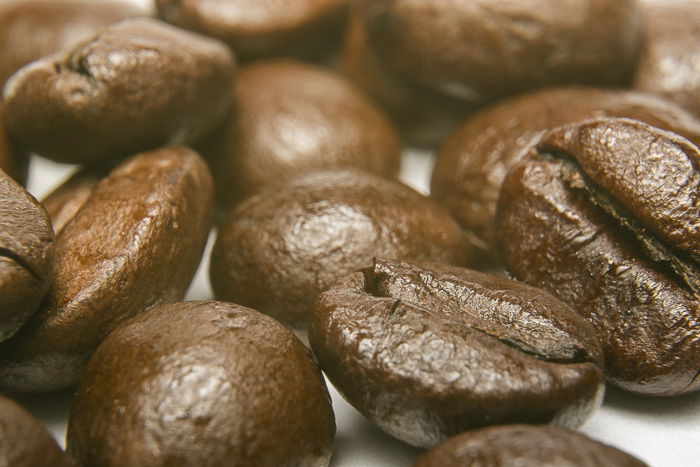
Black and white macro photography is all about contrast. Look for scenes with strong light, like during the golden hour or midday sun. Shoot backlit subjects against the sky for striking silhouettes.
Choose subjects that contrast with their background, like a dark flower against a light backdrop. Keep compositions simple with uncluttered backgrounds and a single point of focus. zoom in on small, isolated details for compelling shots.
Seek out interesting textures, as they add mood and visual interest to black and white images. Include negative space around your subject to help it stand out. Finally, improve contrast in post-processing to give your black and white macros extra impact. Black and white macro photography is a great way to create stunning, fine art images.
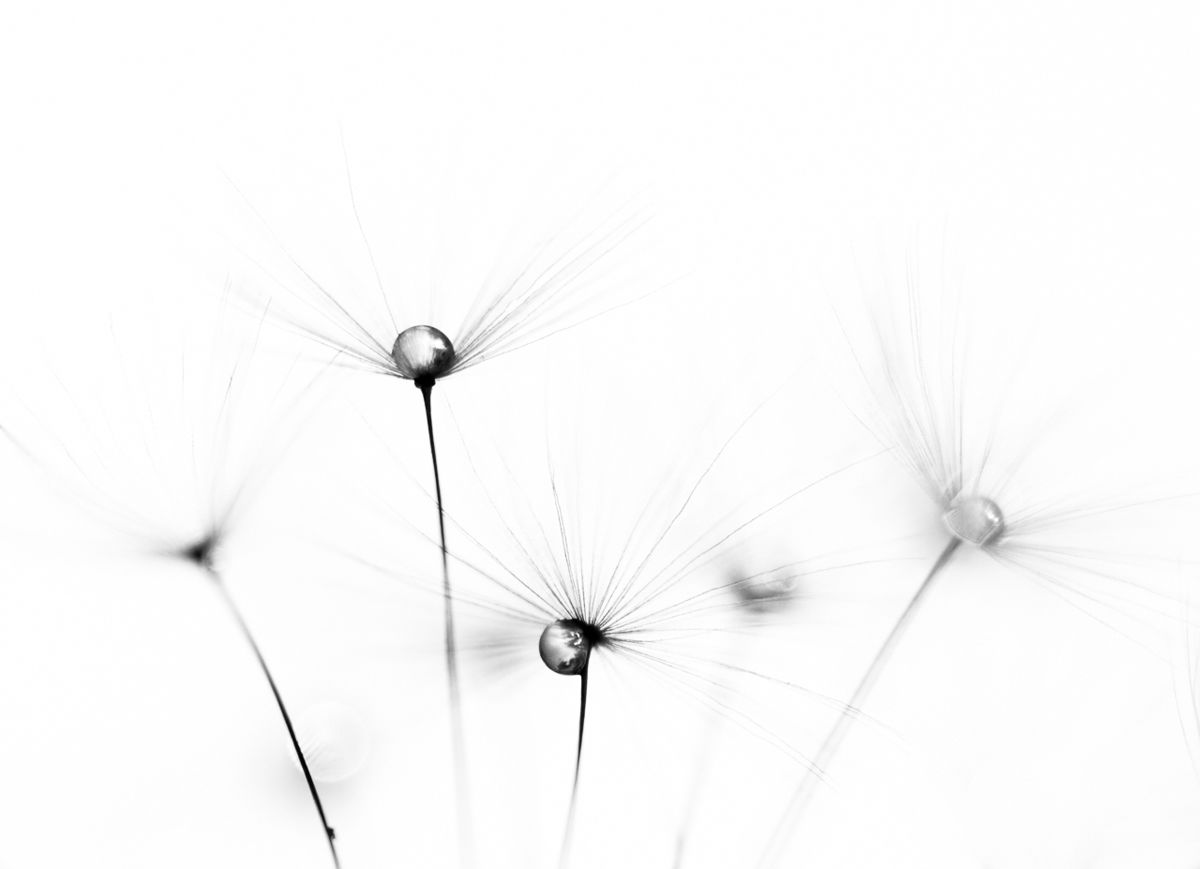
Now, let's explore the vast array of subject matter that can be captured with macro photography. From everyday objects to the most elusive insects, each idea presents a unique challenge and opportunity. So, get ready to unleash your creativity and find the best way to capture these subjects.
Flower photography is a fun and easy way to take beautiful pictures. Flowers come in many colors, shapes, and sizes, making them great subjects for photography. You can find flowers almost anywhere, from your backyard to local parks and gardens.
To get the best flower photos, use a macro lens or get close to your subject. This will let you capture all the details and textures of the flower. Pay attention to lighting too – soft, diffused light works best for flower photography.
Experiment with different angles and compositions to make your flower photos more creative. Try shooting from above, below, or at eye level with the flower. You can also use shallow depth of field to blur the background and make the flower stand out. If you’d like to learn more about flower photography, there are many helpful resources available here.
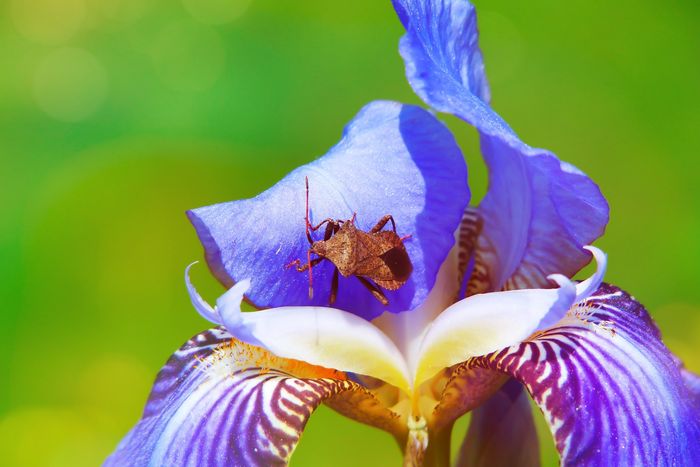
Abstract flower photography is a style that doesn’t reveal everything at first glance. It demands a closer look to be understood. Flowers can be found anywhere and all have unique designs, so you can experiment with different kinds in one day without spending a lot of money or traveling.
Once you master abstract flower photography, you’ll be able to adapt to any lighting or setting. Use a macro lens to capture as many details as possible, or crop photos taken with other lenses. A large aperture will let you focus on specific parts of the flower while blurring the background.
Experiment with different angles, lighting, and techniques like intentional blur or double exposures to create unique abstract photos. Shooting in front of a black background can create a moody atmosphere, while using transparent fabric can result in otherworldly silhouettes. Read on to learn more about abstract flower photography.
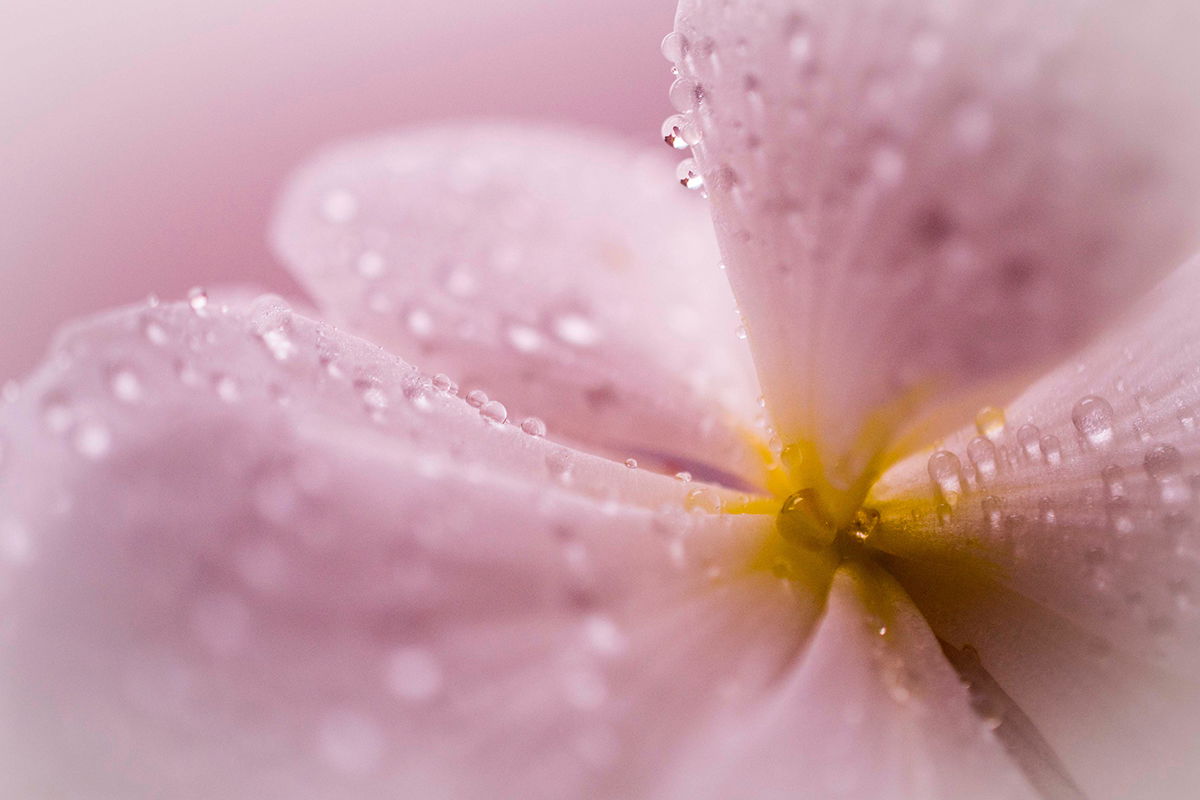
Macro food photography is a great way to capture the beauty and detail of your food. Vegetables, fruits, sweets, beans, and grains are all interesting subjects that are cheap, easy to find, and come in a variety of sizes, colors, shapes, and textures.
When doing close up or macro photography, the food is the star of your image. Try to avoid over complicating your scene with many different elements. A minimalist approach and clever use of negative space is often better.
You can get creative photographing food in many ways, such as taking close ups, or opening them up and capturing the inside. Experiment with things like backlighting sliced fruits. Small ingredients like coffee beans, black pepper, and sugar crystals can also make perfect subjects for macro and extreme close up images. click here if you’d like to learn more about macro food photography.
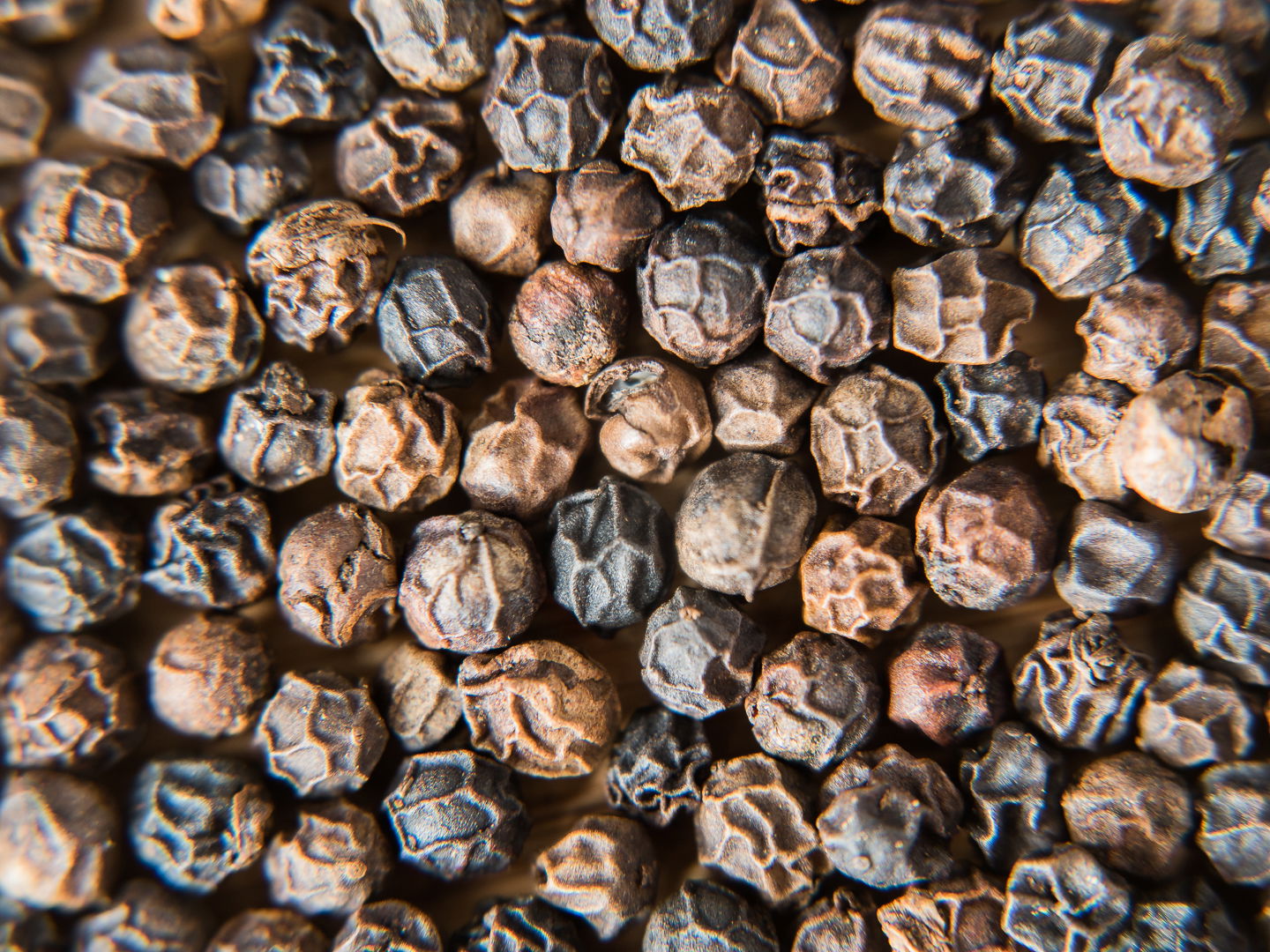
Eye photography allows you to capture beautiful, otherworldly photos of the human iris. The best way to take these incredible shots is with a dedicated macro lens, which lets you get super close without losing sharpness. Look for a lens with a minimum focal length of 100mm.
To get the most out of your macro lens, use a low ISO like 100-400 to avoid noise. A narrow aperture like f/8 or f/11 will give you a larger depth of field, making it easier to get your subject in focus. Ask your model to keep their eyes still and use a shutter speed of at least 1/120 s to avoid motion blur.
Lighting is key for capturing the details of the iris. Natural light from a shaded area or window works well. You can also use continuous artificial lights like lamps or softboxes. Place the light to the side to avoid shadows and give your subject a moment to adjust before taking the shot. With the right technique and equipment, you can take stunning eye photography that offers an incredible view of the windows to the soul.
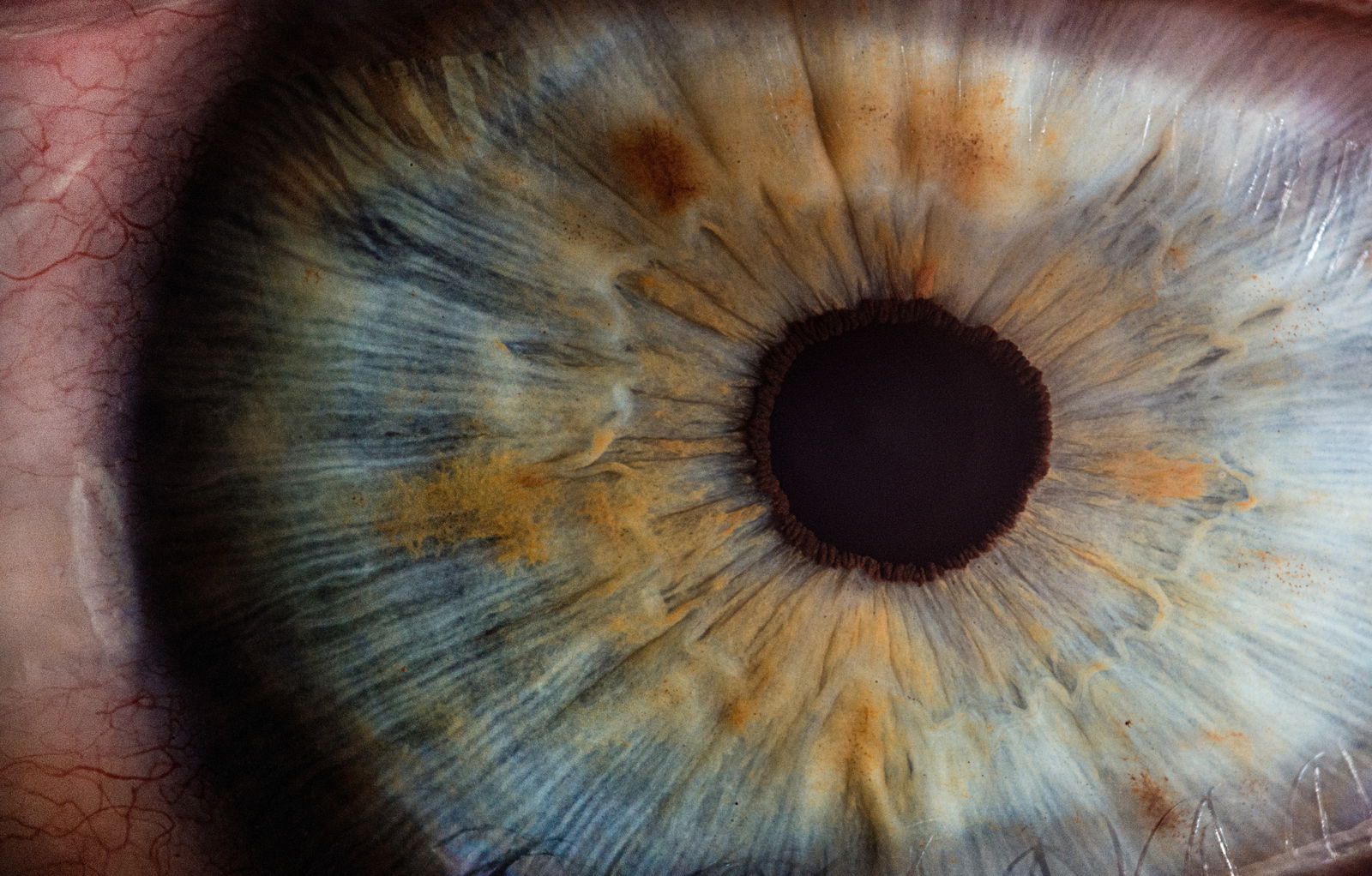
Insect photography opens up a fascinating world of tiny creatures. The best time to capture insects is in the morning when they are less active. Look for them near bodies of water or in flower fields.
Use a macro lens with a focal length of at least 90mm to avoid scaring off the insects. A remote shutter release and tripod will help minimize camera shake for sharp images. Keep your ISO low and use the fastest shutter speed possible.
To learn more about insect photography, check out our in-depth guide covering the best equipment, camera settings, and techniques for stunning close-up shots of these amazing creatures.
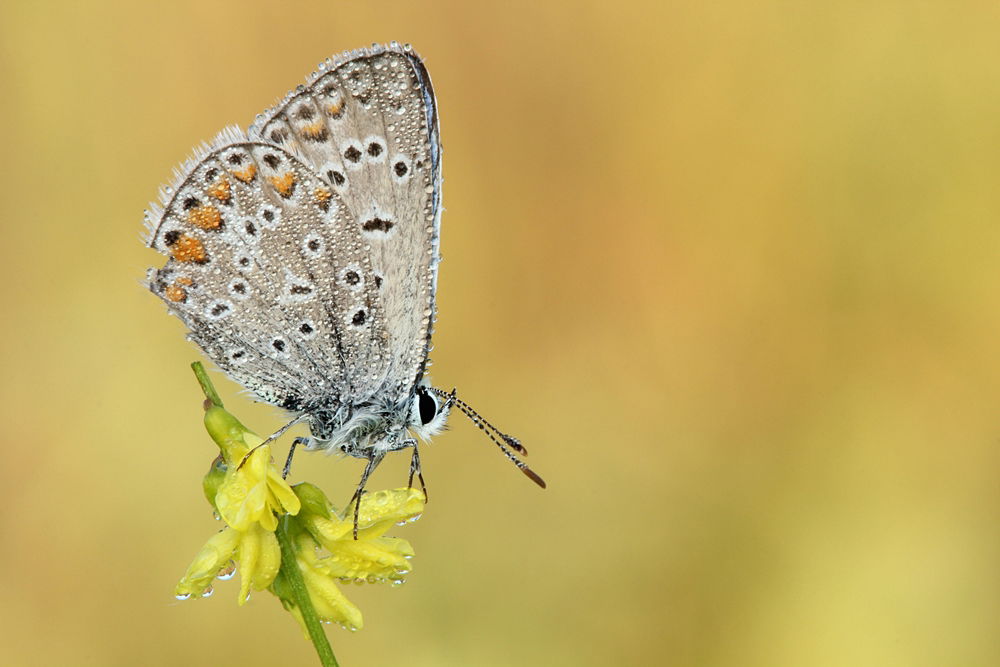
Butterfly photography captures the beauty and grace of these colorful insects. The best time to photograph butterflies is during spring and summer when they are most active. Using a macro lens between 100mm and 200mm allows you to get sharp, detailed shots without disturbing the butterflies.
When photographing butterflies, use a low ISO (100-400) to avoid noise, a small aperture (f/8-f/22) for a deep depth of field, and a fast shutter speed (1/180s or faster) to freeze motion. Focus manually or use continuous autofocus to track the butterfly’s movements. Stabilize your shots with a tripod, monopod, or tabletop tripod for low-angle shots.
Be patient and let the butterflies come to you. Move slowly to avoid scaring them away. If you can’t get close enough, zoom in and crop your images in post-processing. With these techniques, you’ll capture stunning butterfly photography.
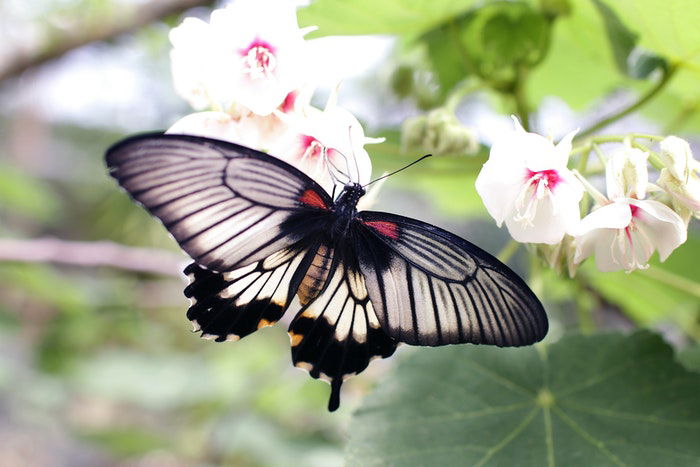
Dragonflies are beautiful and interesting insects that make great subjects for macro photography. You don’t need fancy gear to capture stunning dragonfly pictures. A tele-macro lens around 100-150mm is ideal, but a zoom lens with an extension tube can also work well.
When photographing dragonflies, it’s best to avoid autofocus and use live view instead. Zoom in on the detail you want to focus on for the sharpest results. Keep the background simple to avoid distracting from your subject.
Dragonflies are most active on sunny summer days, especially in the early morning. Be patient and quiet when approaching them so you don’t scare them away. With practice and persistence, you can capture the intricate details and beautiful colors of these magnificent creatures. To dive deeper into dragonfly photography, there are many helpful resources available here.
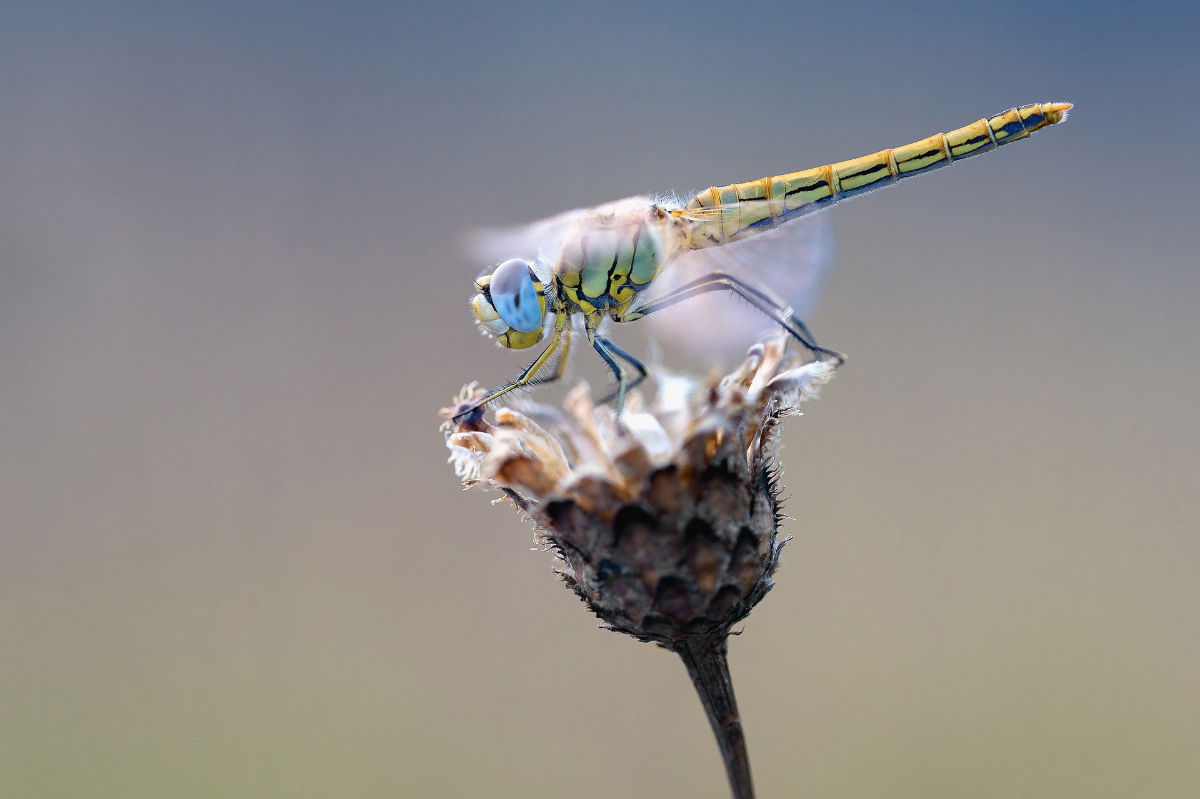
Snowflake photography captures the tiny, unique beauties that create winter landscapes. Macro photography is the perfect way to capture the details of snowflakes that are invisible to the naked eye.
To photograph snowflakes, you need a camera capable of capturing images at higher than 1:1 magnification. A mirrorless or DSLR camera with a macro lens, reversing ring, extension tubes, or macro filter works best.
Use manual focus and a shallow depth of field to separate the snowflake from the background. Keep your ISO low to avoid noise and grain. A shutter speed of 1/100 s is a good starting point. Dark backgrounds like gloves, scarves, or coats create contrast and make the snowflakes stand out. Snowflake photography is a beautiful form of macro photography that lets you capture magical winter images.
